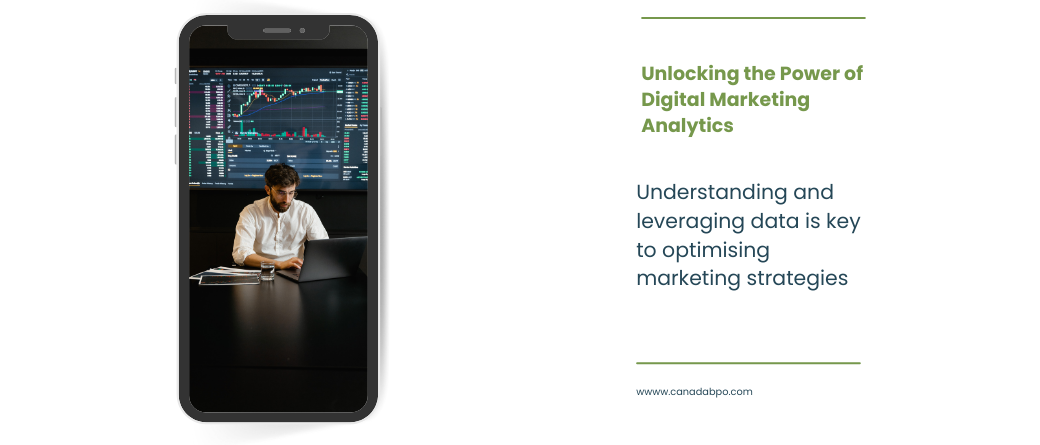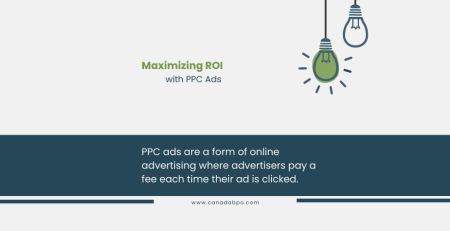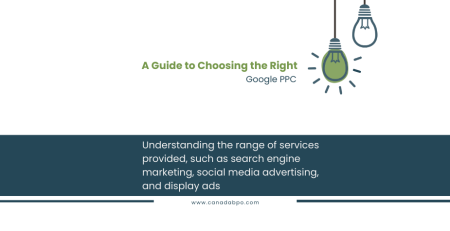Understanding and leveraging data is key to optimising marketing strategies. Digital marketing analytics provides valuable insights into campaign performance, enabling businesses to refine their approaches and maximize results. This blog post will explore how digital marketing analytics can enhance email marketing services and email advertising services, offering actionable strategies to boost effectiveness and ROI.
The Importance of Digital Marketing Analytics
Digital marketing analytics is essential for tracking, measuring, and optimizing marketing efforts. This section will cover:
- What is Digital Marketing Analytics?: An overview of digital marketing analytics and its role in evaluating campaign performance.
- Key Metrics and KPIs:
- Traffic and Engagement Metrics: Understanding website traffic, user behavior, and engagement levels.
- Conversion Metrics: Measuring conversion rates, click-through rates, and cost per acquisition.
- ROI and Attribution: Evaluating return on investment and attributing success to specific marketing channels and tactics.
Enhancing Email Marketing Services with Analytics
Email marketing services benefit greatly from data-driven insights. This section will explore:
- Tracking Email Campaign Performance:
- Open Rates and Click-Through Rates: Analyzing open rates, click-through rates, and other engagement metrics to assess email effectiveness.
- Bounce Rates and Deliverability: Monitoring bounce rates and ensuring email deliverability to maintain list health.
- Segmentation and Personalization:
- Using Analytics for Segmentation: Leveraging data to segment your email list based on user behavior and preferences.
- Personalizing Email Content: Utilizing insights to tailor email content for individual recipients, improving engagement and conversions.
- A/B Testing and Optimization:
- Conducting A/B Tests: Testing different email subject lines, content, and CTAs to identify the most effective elements.
- Optimizing Based on Results: Using A/B testing results to refine email marketing strategies and enhance performance.
Maximizing Email Advertising Services with Data Insights
Email advertising services can be significantly improved by leveraging analytics. This section will discuss:
- Analyzing Email Ad Performance:
- Click-Through Rates and Engagement: Measuring the effectiveness of email ads based on click-through rates and user interactions.
- Conversion Tracking: Tracking conversions generated from email ads to evaluate ROI and campaign success.
- Targeting and Retargeting:
- Using Data for Targeting: Applying insights to target specific audience segments with relevant email ads.
- Implementing Retargeting Strategies: Using data to retarget users who have previously interacted with your ads or website.
- Campaign Optimization:
- Identifying Trends and Patterns: Analyzing performance data to identify trends and patterns that can inform future email ad strategies.
- Adjusting Budgets and Bids: Using data insights to adjust advertising budgets and bids for optimal results.
Integrating Digital Marketing Analytics Across Channels
Integrating analytics across various digital marketing channels can enhance overall strategy. This section will cover:
- Combining Email Marketing with Other Channels:
- Cross-Channel Analytics: Using data to understand how email marketing interacts with other channels such as social media, PPC, and content marketing.
- Creating a Unified Strategy: Developing a cohesive marketing strategy that leverages insights from multiple channels.
- Measuring Multi-Channel Impact:
- Attribution Models: Implementing attribution models to measure the impact of different channels on overall marketing success.
- Holistic Performance Analysis: Analyzing performance data across channels to optimize budget allocation and strategy.
Best Practices for Using Digital Marketing Analytics
Implementing best practices can help you make the most of your data. This section will provide:
- Ensuring Data Accuracy and Reliability: Ensuring data accuracy and reliability by regularly auditing analytics tools and processes.
- Continuous Monitoring and Reporting: Establishing a routine for monitoring and reporting on key metrics and KPIs.
- Staying Informed About Industry Trends: Keeping up-to-date with the latest trends and developments in digital marketing analytics.
Future Trends in Digital Marketing Analytics and Email Marketing
Staying ahead of trends can help you maintain a competitive edge. This section will explore:
- Emerging Trends in Analytics: Innovations such as AI-driven analytics, predictive analytics, and real-time data processing.
- Advancements in Email Marketing: New developments in email marketing technologies, automation, and personalization.
- Preparing for the Future: Adapting your analytics and marketing strategies to align with evolving trends and technologies.
Leveraging digital marketing analytics is crucial for optimizing email marketing services and email advertising services. By analyzing performance data, enhancing targeting and personalization, and integrating insights across channels, you can drive better results and achieve your marketing goals.
Ready to optimize your email marketing and advertising strategies with data-driven insights? Contact us today to learn how our expertise in digital marketing analytics can help you achieve your business objectives










